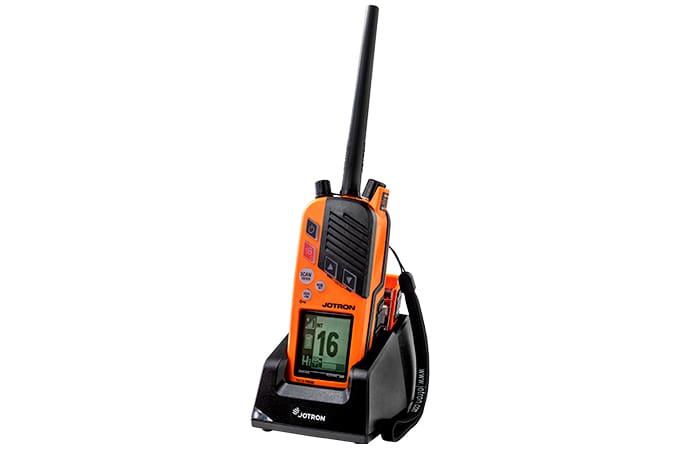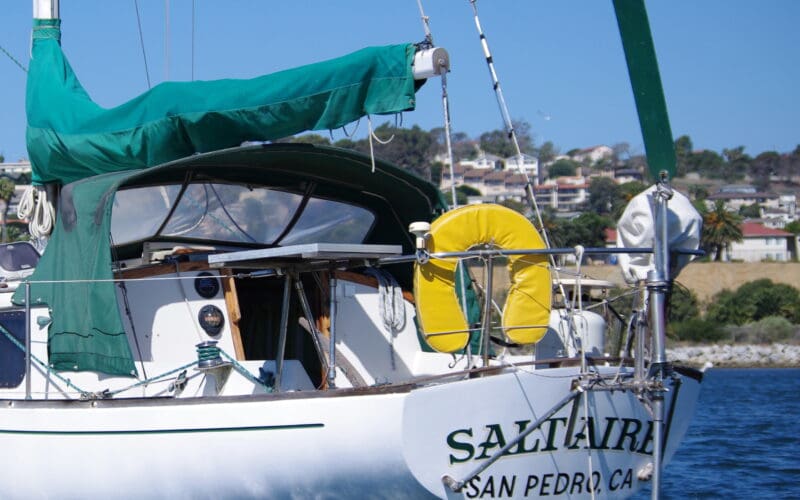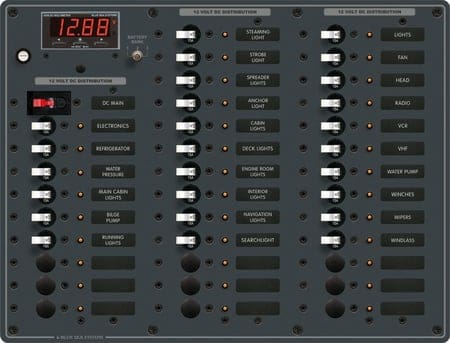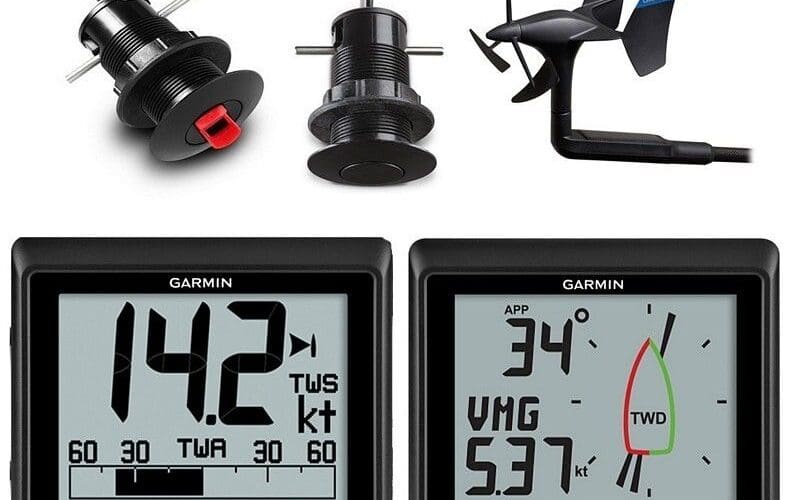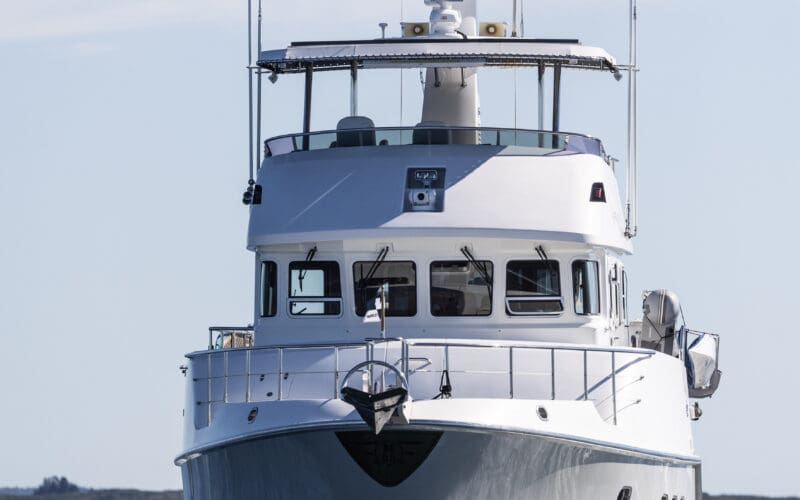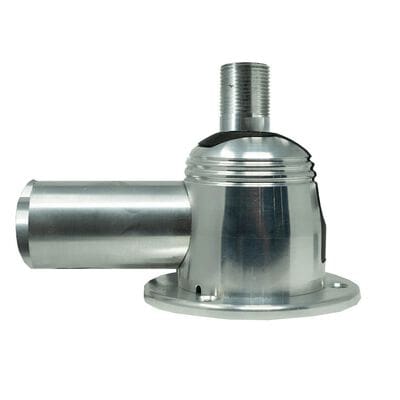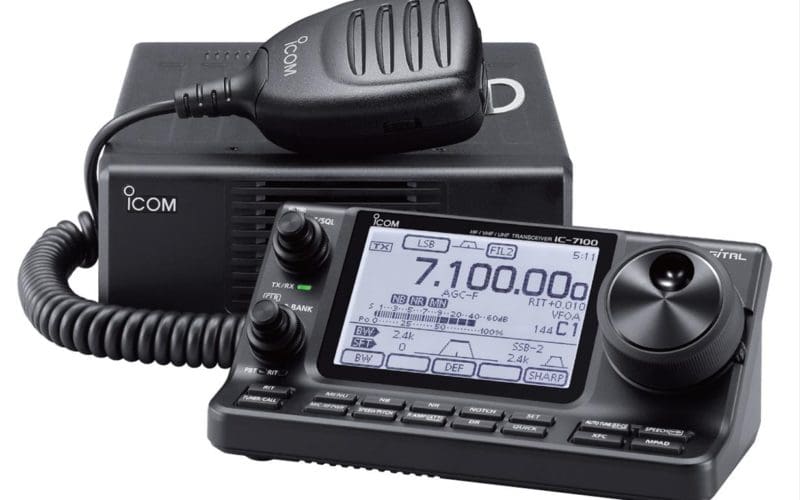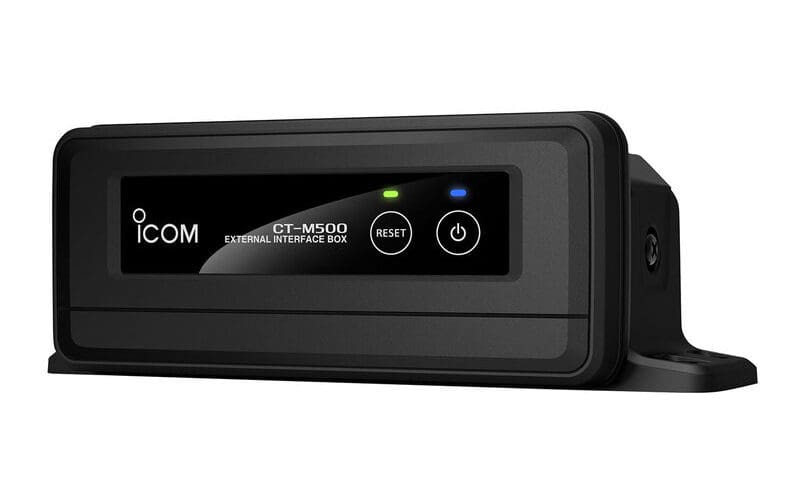22
Apr
Probably the worst fear you can face as an offshore sailor is losing your vessel at sea. And while we definitely want to make sure we have a vessel-mounted and personal EPIRB ready to send out a distress signal immediately, we also need some means of communicating with rescue operations should this unthinkable horror ever come to pass. Packing a survival VHF radio in your ditch bag is the best guarantee you will have voice communication with nearby ships. However, the ideal choice for this radio should include the ability to summon help beyond the typical eight-mile range of a…

